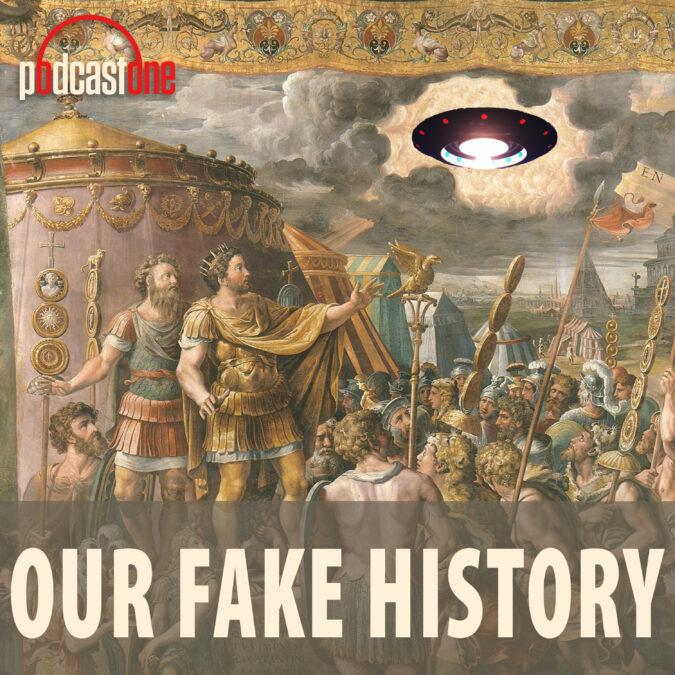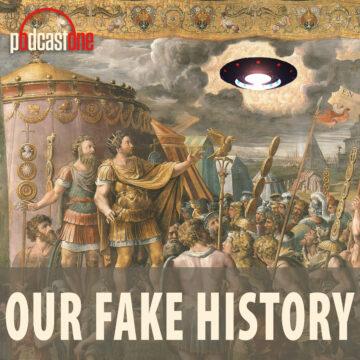Looting has been a part of warfare since the earliest times. Despite the fact that looting was common for much of history, it was always recognized as an especially harmful and humiliating by-product of armed conflict. By the late 19th century, the looting of sacred objects and culturally significant works of art was widely considered a war crime and was forbidden by a number of international treaties. But despite these high minded treaties, the treasures of Indigenous people, Africans, and South Asian people were still considered “fair game” by European colonialists. In 1897 the British returned from the West African Kingdom of Benin with a remarkable haul of looted art of religious objects. Many of these objects, known collectively as the Benin Bronzes, are still in Britain today as part of the collection held by the British Museum. What do these works of art mean to the people of Benin? How did they fall into the hands of the British? Why are they still considered some of the most controversial museum objects in the world? Tune-in and find out how tamed lice, a leopard sacrifice, and wall five times longer than the Great Wall of China, all play a role in the story.








